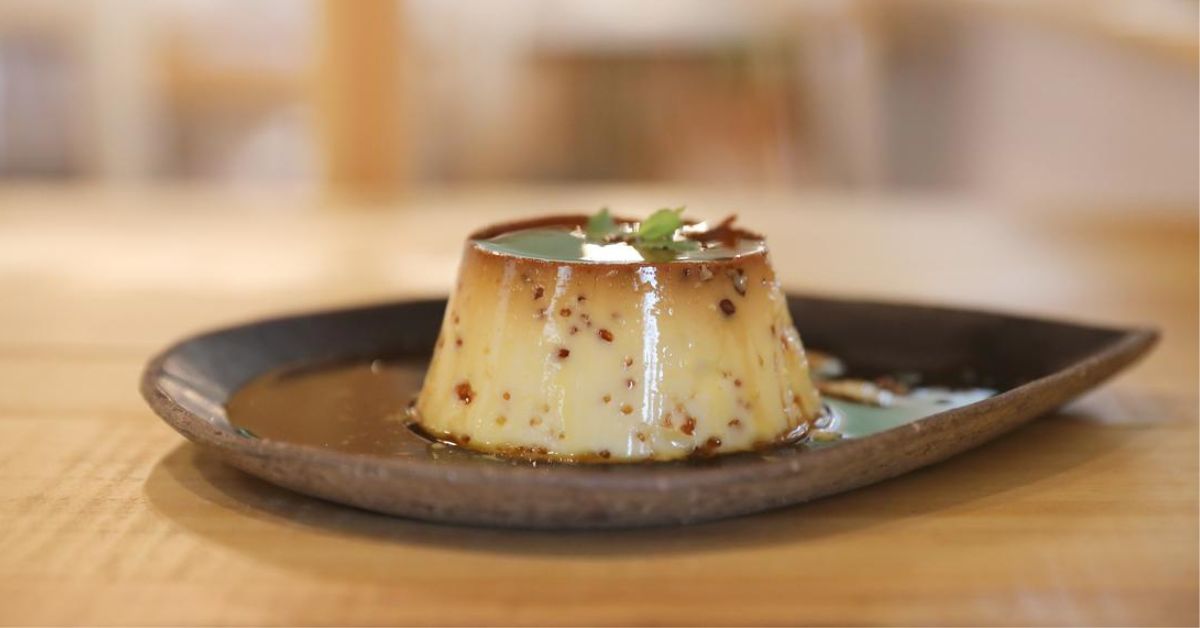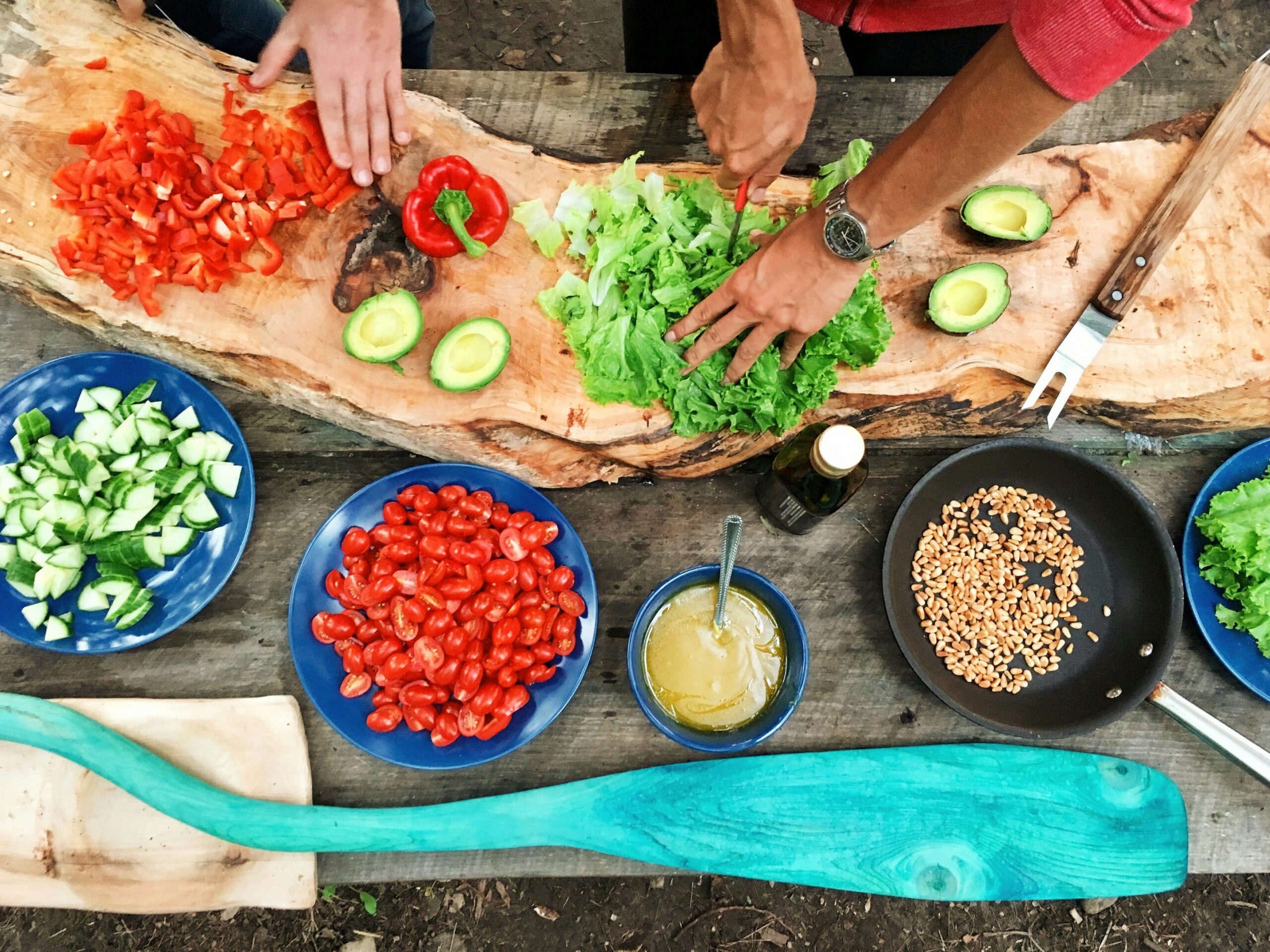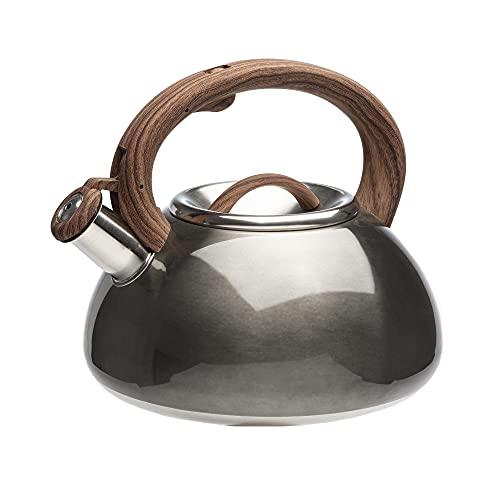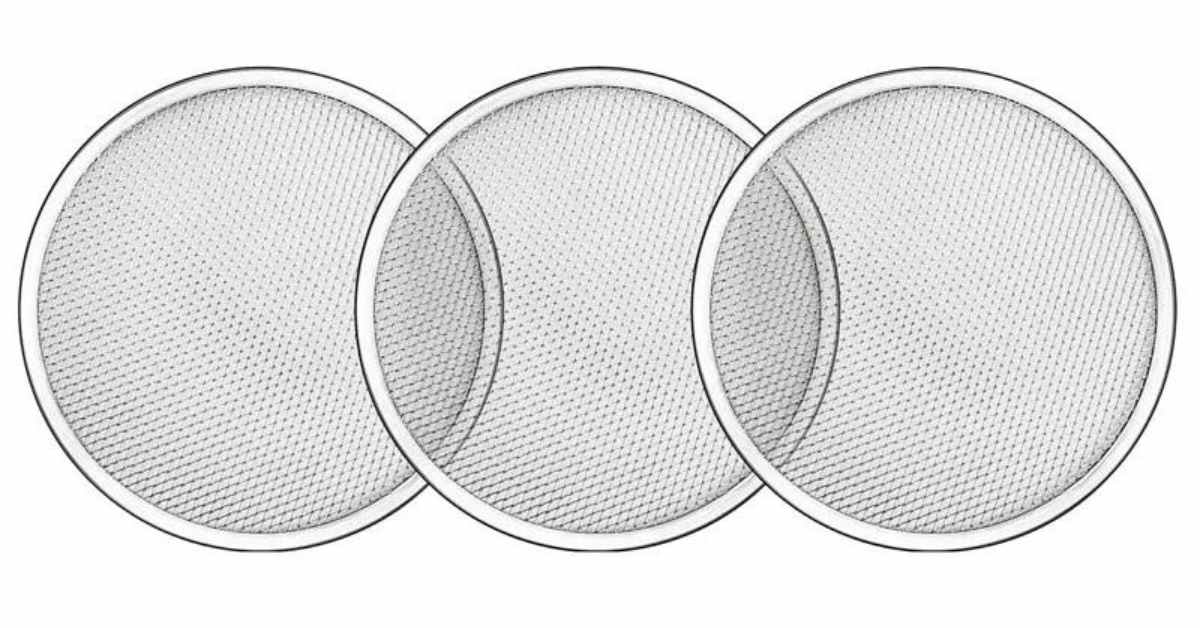Pudding has long been a beloved dessert enjoyed by people of all ages. Its creamy texture and indulgent flavors make it a go-to treat for many. But have you ever opened your fridge to find a bowl of pudding that has turned watery overnight? It cannot be delightful, especially if you are looking forward to enjoying a creamy and luscious dessert.
But fear not because this article will explore the fascinating science behind why does pudding gets watery in fridge. Understanding the factors can prevent this culinary problem and ensure our puddings remain velvety and indulgent. So, let’s uncover the mystery and explore the reasons behind this puzzling phenomenon. Get ready for a journey into the world of pudding science!
Table of Contents
ToggleWhat is the Definition of Pudding
Pudding is a delectable dessert that people across cultures have enjoyed for centuries. It is a versatile treat served hot or cold and comes in various flavors and textures. At its core, pudding is a creamy and often sweet dish made by combining ingredients such as milk, sugar, eggs, and flavorings. The mixture is then cooked until it thickens and sets into a smooth and velvety consistency.
Popular Varieties of Pudding
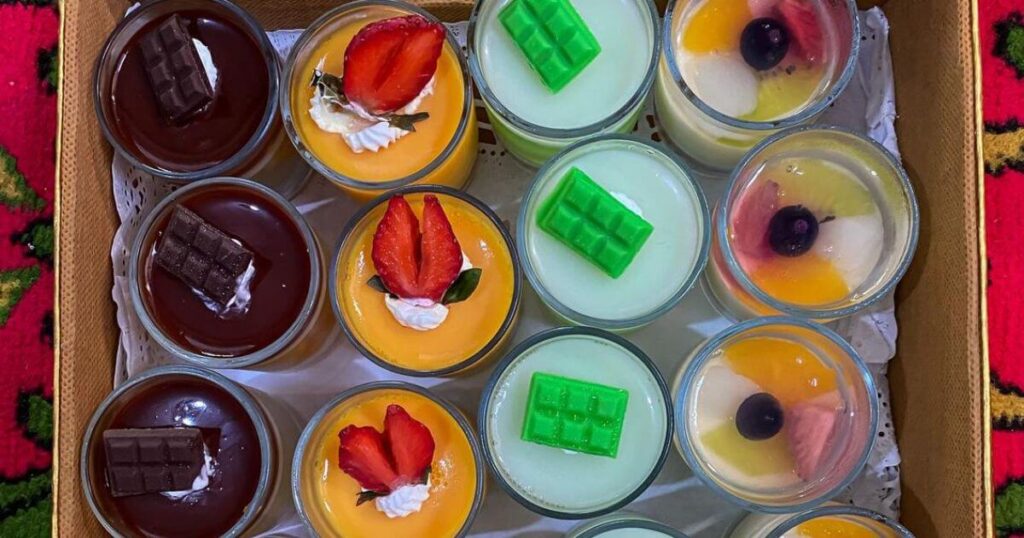
Custard Pudding
Custard pudding is a classic variety that is loved for its smooth and silky texture. It combines milk, eggs, sugar, and flavorings such as vanilla or chocolate. The mixture is baked or steamed until it becomes a delightful custard-like consistency.
Rice Pudding
Rice pudding is a comforting dessert made by simmering rice with milk, sugar, and aromatic spices like cinnamon and nutmeg. The rice grains absorb the creamy goodness, creating a creamy and decadent dessert.
Bread Pudding
Bread pudding is a fantastic way to transform stale bread into a delicious dessert. The bread is soaked in a mixture of milk, eggs, sugar, and spices and then baked until it becomes golden and slightly crispy on the outside while remaining moist and tender.
Chia Seed Pudding
Chia seed pudding has recently gained popularity due to its health benefits and versatility. It combines chia seeds with milk (dairy or plant-based) and sweeteners such as honey or maple syrup. As the chia seeds absorb the liquid, they create a thick and creamy pudding-like consistency.
Chocolate Pudding
Chocolate lovers rejoice! Chocolate pudding is a beloved dessert that satisfies cravings for rich and chocolaty things. It is made with cocoa powder or melted chocolate, combined with milk and sugar, and sometimes thickened with cornstarch or eggs. The result is a velvety, indulgent treat that melts in your mouth.
These are just a few examples of the diverse world of puddings. From creamy custards to fruity delights and everything in between, pudding offers endless possibilities for indulgence. So, the next time you dig into a pudding bowl, savor the flavors and textures that make this dessert so beloved worldwide.
The Science Behind Pudding
Pudding is not just a delicious dessert; it’s also a fascinating blend of science and culinary art. Let’s delve into the scientific aspects that contribute to the creation of this beloved treat.
Ingredients Used in Making Pudding:
Pudding typically consists of key ingredients that produce a smooth and creamy texture. The main components include milk, sugar, eggs, and vanilla or cocoa powder flavorings.
Role of each ingredient:
- Milk: Milk serves as the base for pudding and provides the liquid component. The proteins and fats in milk contribute to the pudding’s richness and creaminess.
- Sugar: Sugar not only adds sweetness but also plays a crucial role in the texture of the pudding. It interacts with other ingredients to affect the pudding’s thickness and stability.
- Eggs: Eggs act as a binding agent and contribute to the smoothness of the pudding. The proteins in eggs coagulate during cooking, helping the pudding set and giving it structure.
- Flavorings: Flavorings like vanilla or cocoa powder enhance the taste of the pudding, adding depth and complexity to its flavor profile.
Chemical Reactions that Occur During Pudding Preparation:
When the pudding is cooked, several chemical reactions take place:
Protein denaturation: As the mixture heats up, the proteins in the milk and eggs unfold and coagulate. This process thickens the pudding and gives it a smooth texture.
Gelatinization: Starches in the pudding mixture, often from ingredients like cornstarch or flour, absorb the liquid and swell when heated. This gelatinization process helps the pudding thicken and set.
Maillard reaction: When the pudding is heated, the sugars in the mixture undergo a Maillard reaction, resulting in a browning effect and enhancing the overall flavor and aroma of the pudding.
Effect of Temperature on Pudding:
Temperature plays a crucial role in the preparation and consistency of pudding:
Cooking: During the cooking process, the heat causes the proteins in the eggs and milk to denature and coagulate, leading to the thickening of the pudding. The starches also undergo gelatinization, contributing to the desired texture.
Cooling: Once cooked, the pudding must be chilled to set fully. Cooling the pudding in the refrigerator allows the starches and proteins to firm up and create the desired creamy and smooth consistency.
Understanding the science behind pudding can help us appreciate the careful balance of ingredients and techniques required to achieve the perfect texture and flavor.
Why Does Pudding Gets Watery in Fridge
Opening the refrigerator can be disheartening, and discovering that the once creamy and indulgent pudding has turned watery. But why does this happen? Let’s explore the reasons behind this common phenomenon.
One of the primary factors contributing to the watery texture of pudding in the fridge is the separation of liquid from solid components. Pudding is a delicate emulsion of proteins, starches, and fats suspended in a liquid base. The emulsion can destabilize over time, especially when exposed to lower temperatures in the fridge.
The cooling process in the refrigerator causes the starches in the pudding to absorb liquid. As a result, the starch molecules swell and can release water, separating liquid and solid phases. This separation results in a watery layer on top of the pudding.
Another reason for the watery consistency is the expulsion of liquid from the solid particles in the pudding. When the pudding is cooled, the proteins and fats can expel water, further contributing to the excess fluid in the container.
Additionally, prolonged exposure to cold temperatures can cause the gelatinization of starches to break down, reducing their ability to hold the pudding together. This can result in a looser texture and an increased likelihood of the pudding becoming watery.
Tips to Avoid Pudding from Getting Watery in the Fridge
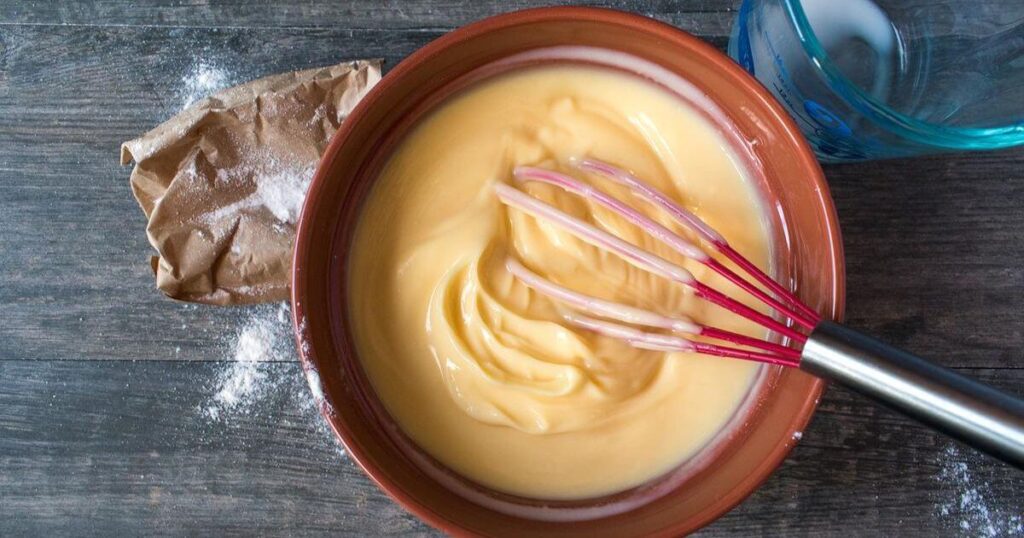
People want to avoid opening their fridge and finding a bowl of watery pudding. To help you enjoy a creamy and luscious dessert every time, here are some tips to prevent your pudding from getting liquid in the fridge:
Properly thicken your pudding: Follow the instructions carefully and cook until it reaches the desired thickness. Undercooked pudding may be more prone to separating and becoming watery.
Use a thickening agent: Add a thickening agent such as cornstarch, gelatin, or tapioca starch to your pudding mixture. These ingredients help stabilize the pudding and reduce the chances of it becoming watery.
Cool the pudding gradually: Allow it to cool at room temperature briefly before placing it in the fridge. This gradual cooling helps to minimize drastic temperature changes, which can lead to water separation.
Store in an airtight container: Transfer your pudding to an airtight container before refrigerating. This helps to seal in moisture and prevent excess evaporation, keeping the pudding’s texture intact.
Avoid temperature fluctuations: Try to minimize temperature fluctuations in the fridge. Keep the temperature constant and avoid repeatedly opening and closing the refrigerator door, as this can affect the stability of the pudding.
Place a plastic wrap directly on the surface: When storing your pudding in the fridge, place a piece of plastic wrap directly on the surface. This helps to create a barrier and prevents skin from forming, which can trap moisture and make the pudding watery.
Consume within a reasonable time frame: Pudding is best enjoyed fresh, so try to consume it within a few days of preparation. Prolonged storage can increase the chances of the pudding becoming watery.
By following these tips, you can maintain the desired consistency of your pudding and ensure a delightful dessert experience every time. Enjoy your velvety smooth pudding without any worries about it turning watery!
How does Dou Fix Watery Pudding
If you find yourself with a bowl of watery pudding, don’t worry! You can take several steps to fix the consistency and salvage your dessert. Here’s what you can do:
Reheating the Pudding
One method to address watery pudding is to reheat it. Gently warm the pudding over low heat, stirring continuously. The heat will help evaporate excess moisture, thickening the pudding. However, avoid overcooking or scorching the pudding during this process.
Stirring the Pudding
Sometimes, a simple solution is to stir the pudding vigorously. This can help redistribute the liquid and solid components, creating a more consistent texture. Continuously stir the pudding until it thickens and the excess water is incorporated.
Adding Thickeners and Stabilizers
If reheating and stirring alone do not yield the desired results, add thickeners or stabilizers to the pudding. Standard options include cornstarch, gelatin, or tapioca starch. These ingredients can help absorb the excess liquid and bind the pudding together. Prepare the thickener according to the package instructions, then gradually add it to the pudding while stirring. Allow the pudding to simmer briefly to activate the thickener.
Cooling the Pudding at the Right Temperature
Properly cooling the pudding is crucial to maintaining its desired consistency. When cooling, place the pudding in the refrigerator at the right temperature. A gradual and steady decrease in temperature helps the pudding set properly, minimizing the chances of it becoming watery. Avoid placing hot pudding directly into the fridge, as rapid cooling can contribute to water separation. Allow the pudding to cool at room temperature briefly before refrigerating.
By employing these techniques, you can fix watery pudding and restore its creamy and luscious texture. Experiment with these methods until you achieve the desired consistency, and enjoy your delicious dessert!
Frequently Asked Questions
What causes runny pudding?
Several factors, such as undercooking, inadequate thickening agents, or improper cooling, can cause runny pudding. A sufficient cooking time can result in a pudding that needs to be set appropriately. Using too little or no thickening agents can also contribute to a runny consistency. Additionally, rapid cooling or temperature fluctuations during the cooling process can cause the pudding to become watery.
Can I use cornstarch instead of flour to thicken the pudding?
Yes, cornstarch is a common alternative to flour for thickening pudding. Cornstarch is a more effective thickening agent due to its higher starch content. Mix cornstarch with a small amount of cold liquid before adding it to the pudding. This step prevents the cornstarch from clumping and ensures a smooth and consistent texture.
How do you fix pudding that is too watery?
Try reheating watery pudding gently over low heat while stirring continuously to fix it. This helps evaporate some of the excess moisture and thickens the pudding. If reheating doesn’t solve the issue, add thickeners or stabilizers like cornstarch, gelatin, or tapioca starch to absorb the excess liquid and bind the pudding together.
What happens to pudding in the fridge?
When placed in the fridge, pudding undergoes a cooling process that can lead to changes in its consistency. The starches present in the pudding absorb liquid and may release water, resulting in a separation of liquid and solid phases. This can lead to a watery layer on top of the pudding.
Does pudding get thicker in the fridge?
Yes, pudding tends to get thicker as it cools in the fridge. The cooling process allows the starches and proteins in the pudding to set and firm up, contributing to a thicker texture. However, if the pudding becomes too thick or develops skin, it can be loosened by stirring it gently before serving.
How long can I store pudding in the fridge?
Generally, it is recommended to consume homemade pudding within 3-4 days when stored properly in the fridge. Store the pudding in an airtight container to maintain its freshness. If you notice any changes in texture, smell, or appearance, it’s best to discard the pudding to ensure food safety. Commercially packaged puddings may have different storage guidelines, so refer to the product packaging for specific instructions.
Conclusion
Pudding is a delectable dessert many love, but it can sometimes become watery when stored in the fridge. Understanding the reasons behind this phenomenon and implementing preventive measures, such as proper thickening, gradual cooling, and holding in airtight containers, can help maintain the desired texture of your pudding.
When your pudding becomes watery, reheating, stirring, and adding thickeners can often rescue it. By following these tips and being mindful of storage times, you can enjoy creamy and delicious pudding without the disappointment of a watery consistency.

